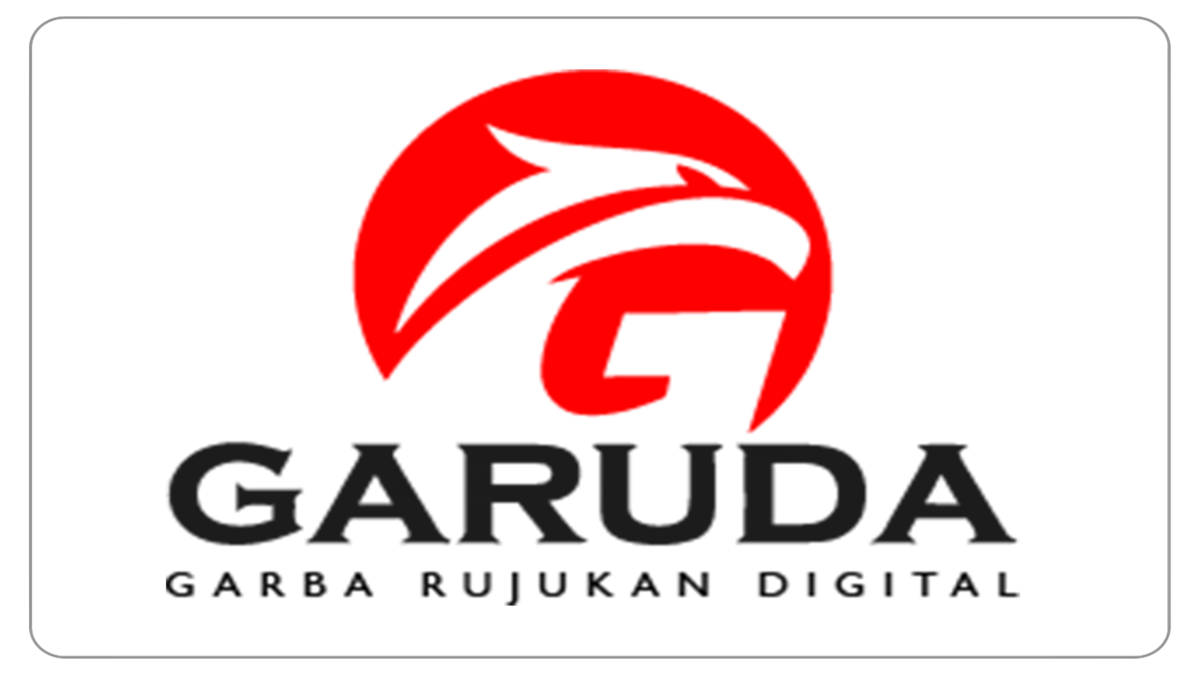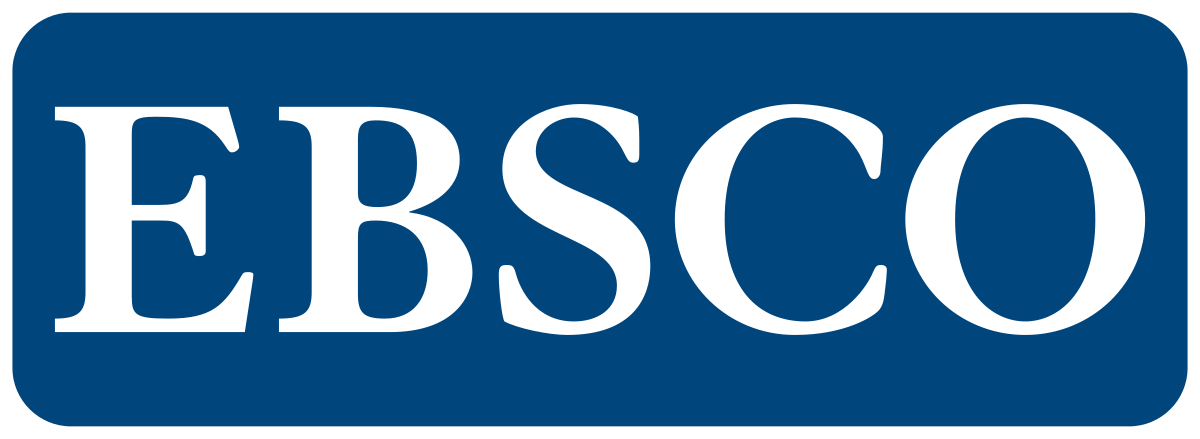Design and Development of a Garlic Dryer (Allium sativum L.) with the Addition of Parafin as a Heat Storage Medium
DOI:
https://doi.org/10.23960/jtepl.v14i4.1441-1451 Abstract View: 179
Abstract View: 179
Keywords:
Garlic, Moisture content, Parafin, Heat storage, DryingAbstract
Garlic is an important commodity as a basic spice for various dishes with several health benefits such as lowering blood pressure and improving immune system. Fresh garlic has a high moisture content of 60.9-67.8%, making it highly susceptible to microbial spoilage. The drying process is a critical post-harvest step for garlic that significantly influences product quality and shelf life. This study aims to design a garlic drying system enhanced with solar collector and parafin as a thermal storage medium. Parafin provides heat during periods of low sunlight, allowing continuous drying. The methodology includes the design, construction, and testing of the drying equipment. Functional tests demonstrate effective operation of the dryer components. The results of testing the dryer for drying garlic were able to reduce the water content of garlic from 60% wb to 11.2% wb for 8 h of drying. The use of paraffin has proven to be effective in helping to maintain the drying temperature, especially when the intensity of sunlight is reduced, so that the drying process remains optimal.
Downloads
References
Afrizal. (2006). Pengaruh variasi diameter tabung kaca dan diameter pipa absorber terhadap performansi system kolektor surya jenis palung silindris. [Undergradute Thesis], Universitas Syiah Kuala.
Ahmar, A., Mustaqimah M., & Nurba, D. (2021). Kinerja GHE vent dryer dengan menggunakan lilin sebagai media penyimpan panas. Jurnal Ilmiah Mahasiswa Pertanian, 6(4).
BPS. (2023). Statistik Indonesia 2023. BPS.
Badan Litbangtan. (2017). Badan Penelitian dan Pengembangan Pertanian 2017. Rencana Strategis Badan Penelitian dan Pengembangan Pertanian 2010-2014. Badan Litbang Pertanian, Kementerian Pertanian.
BSN. (2015). SNI 4412:2015. Badan Standardisasi Nasional.
Djaeni, M., Irfandy, F., & Utari, F.D. (2019). Drying rate and efficiency energy analysis of paddy drying using dehumidification with zeolite. Journal of Physics: Conference Series, 1295(012049). https://doi.org/10.1088/1742-6596/1295/1/012049
Duffie, J.A., Beckman, W.A., Blair, N. (1980). Solar Engineering of Thermal Processes. John Wiley & Sons, New York: 404-410.
Fuadah, A., Sunarlan, S.H., & Hendrawan, Y. (2014). Kajian pembuatan bumbu dari bawang putih (Allium sativum) dan daun jeruk purut (Cytrus hystrix) menggunakan pengering tipe rak. Jurnal Keteknikan Pertanian, 2(2), 156-166.
Husna, A., Khathir, R., & Siregar, K. (2017). Karakteristik pengeringan bawang putih (Allium sativum L.) menggunakan pengering oven. Jurnal ilmiah Pertanian, 2(1).
Janjai, S., Khamvongsa, V., & Bala, B.K. (2007). Development, design, and performance of a PV-Ventilated greenhouse dryer. International Energy Journal, 8(4), 249–258.
Jagedeesh, D., Vivekanandan, M., Natarajan, A., & Chandrasekar, S. (2021). Experimental conditions to identify the ideal shape of dryer investigation of six shapes of solar greenhouse dryer in no load. Materialstoday: Proceedings, 37(2): 395-403. https://doi.org/10.1016/j.matpr.2020.05.386
Ministry of Trade. (2021). Analisis Perkembangan Harga Bahan Pangan Pokok di Pasar Domestik dan Internasional. Kementrian Perdagangan.
Nelwan, L.O. (2013). Simulasi konsumsi energy pengering jagung pipilan pada berbagai suhu dan laju aliran udara pengering. Jurnal Industri Teknologi Pertanian, 7(2), 49-56.
Priyadi, I. (2008). Rancang bangun kolektor surya menggunakan absorber kuningan sebagai teknologi alternatif sumber energi thermal. Prosiding Seminar Nasional Sains dan Teknologi-II. Universitas Lampung, 17-18 November 2008: VI.52-VI.55
Rahma, N.N., Sadono, D., & Wahyuni, E.S. (2021). Pengambilan keputusan inovasi teknologi instore dryer bawang putih di Desa Tuwel, Kecamatan Bojong, Kabupaten Tegal. Jurnal Sains Komunikasi dan Pengembangan Masyarakat. 5(2), 326-344. https://doi.org/10.29244/jskpm.v5i2.816
Samadi, B. (2000). Usaha Tani Bawang Putih. Kanisius.
Septiana, B., Kusnadi, N., & Fariyanti, A. (2022). Daya saing bawang putih di Indonesia. Jurnal Agribisnis Indonesia, 10(1): 40-52. https://doi.org/10.29244/jai.2022.10.1.40-52
Wahyu, A.G., Sukmawati., & Murad. (2023). Analisis teknik dan ekonomi pada pengeringan bahan bubuk bawang putih (Allium sativum L.) menggunakan alat rotary dryer. Jurnal Universitas Mataram, 2(2), 100-110.
Haryanto, A., Waluyo, S., Utami, A.P., & Triyono, S. (2023). Pengaruh gaya tekan dan waktu penekanan terhadap karakteristik pelet tandan kosong kelapa sawit. Jurnal Ilmiah Rekayasa Pertanian dan Biosistem, 11(1), 89-101.
Wibowo S. (1994). Budidaya Bawang Putih, Bawang Merah, Bawang Bombay. Penebar Swadaya.
Zemansky, M.W. (1986). Kalor dan Termodinamika. Institut Pertanian Bogor.
Downloads
Published
How to Cite
Issue
Section
License
Copyright (c) 2025 Afdhalul Ahmar, Moh Haifan, M. Arief Yahdi, Lalu Muh Fathul Aziz Al Azhari

This work is licensed under a Creative Commons Attribution-ShareAlike 4.0 International License.
Authors who publish with this journal agree to the following terms:
Authors retain copyright and grant the journal right of first publication with the work simultaneously licensed under a Creative Commons Attribution-ShareAlike 4.0 International Lice that allows others to share the work with an acknowledgement of the work's authorship and initial publication in this journal.
Authors are able to enter into separate, additional contractual arrangements for the non-exclusive distribution of the journal's published version of the work (e.g., post it to an institutional repository or publish it in a book), with an acknowledgement of its initial publication in this journal.
Authors are permitted and encouraged to post their work online (e.g., in institutional repositories or on their website) prior to and during the submission process, as it can lead to productive exchanges, as well as earlier and greater citation of published work (See The Effect of Open Access).
Jurnal Teknik Pertanian Lampung

JTEPL is licensed under a Creative Commons Attribution-ShareAlike 4.0 International License.













